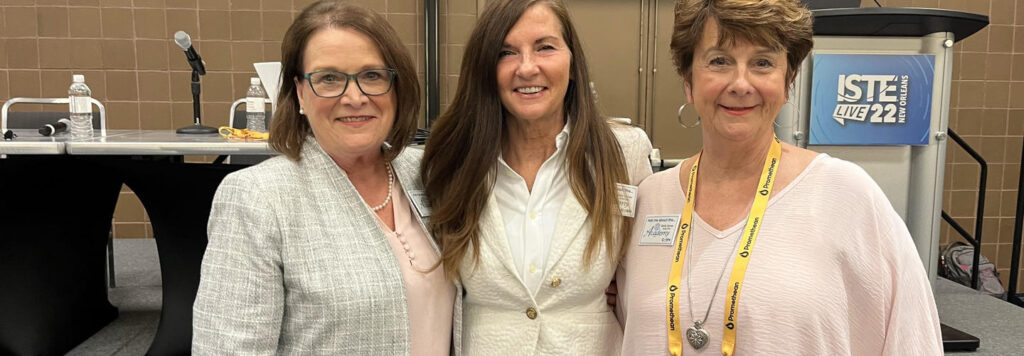K-12 Schools Share Their Strategies for Addressing the Coming Federal Funding Cliff
The COVID-19 pandemic essentially ended the conversation about whether school districts should embrace one-to-one programs that put a computing device into the hands of every student.
“During COVID, a large number of individual devices were deployed,” says Amy McLaughlin, Cybersecurity Initiative director at the Consortium for School Networking (CoSN). “We exited the conversation of, ‘Should we do one-to-one?’ and entered the conversation of, ‘How do we maintain one-to-one?’”
Historically, many school districts have struggled to build device refresh cycles into their operating budgets. Often…



